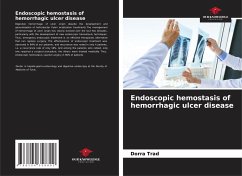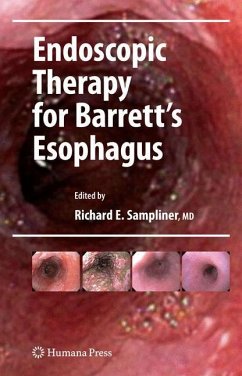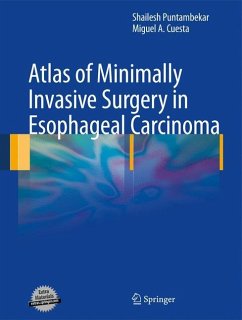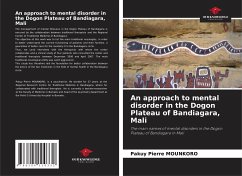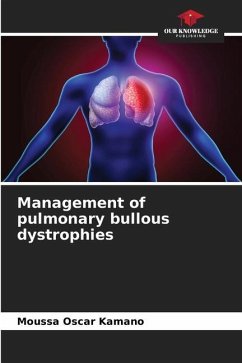
Endoscopic and anatomopathological aspects of esophageal cancer
Versandkostenfrei!
Versandfertig in 6-10 Tagen
19,99 €
inkl. MwSt.

PAYBACK Punkte
10 °P sammeln!
The aim of the study was to determine the frequency of esophageal cancer in the endoscopy unit of the internal medicine department of the Point "G" National Hospital and to describe its endoscopic and anatomopathological aspects. We carried out a retrospective study of the files of patients seen in endoscopy in this unit from January 1990 to December 2000, i.e. a period of 11 years. The inclusion criterion was the presence of an esophageal tumor at the upper gastrointestinal fibroscopy whose malignant character was confirmed by an anatomopathological examination. During the study period 47,440...
The aim of the study was to determine the frequency of esophageal cancer in the endoscopy unit of the internal medicine department of the Point "G" National Hospital and to describe its endoscopic and anatomopathological aspects. We carried out a retrospective study of the files of patients seen in endoscopy in this unit from January 1990 to December 2000, i.e. a period of 11 years. The inclusion criterion was the presence of an esophageal tumor at the upper gastrointestinal fibroscopy whose malignant character was confirmed by an anatomopathological examination. During the study period 47,440 fibroscopies were performed; 30 cases of histologically confirmed esophageal cancer were diagnosed. The estimated incidence was 3 cases per year. The mean age of the patients was 58 +/-13 years with extremes of 14 and 80 years. The sex ratio was 2 in favor of males. Dysphagia was the reason for endoscopy in 70% of cases. Tumor localization in the lower 1/3 was more frequent (60%). The budding form predominated (47%). Endobrachyoesophagus was found in 13.33% of cases. Squamous cell carcinoma predominated (76.70%). Adenocarcinoma represented 23.30%.



